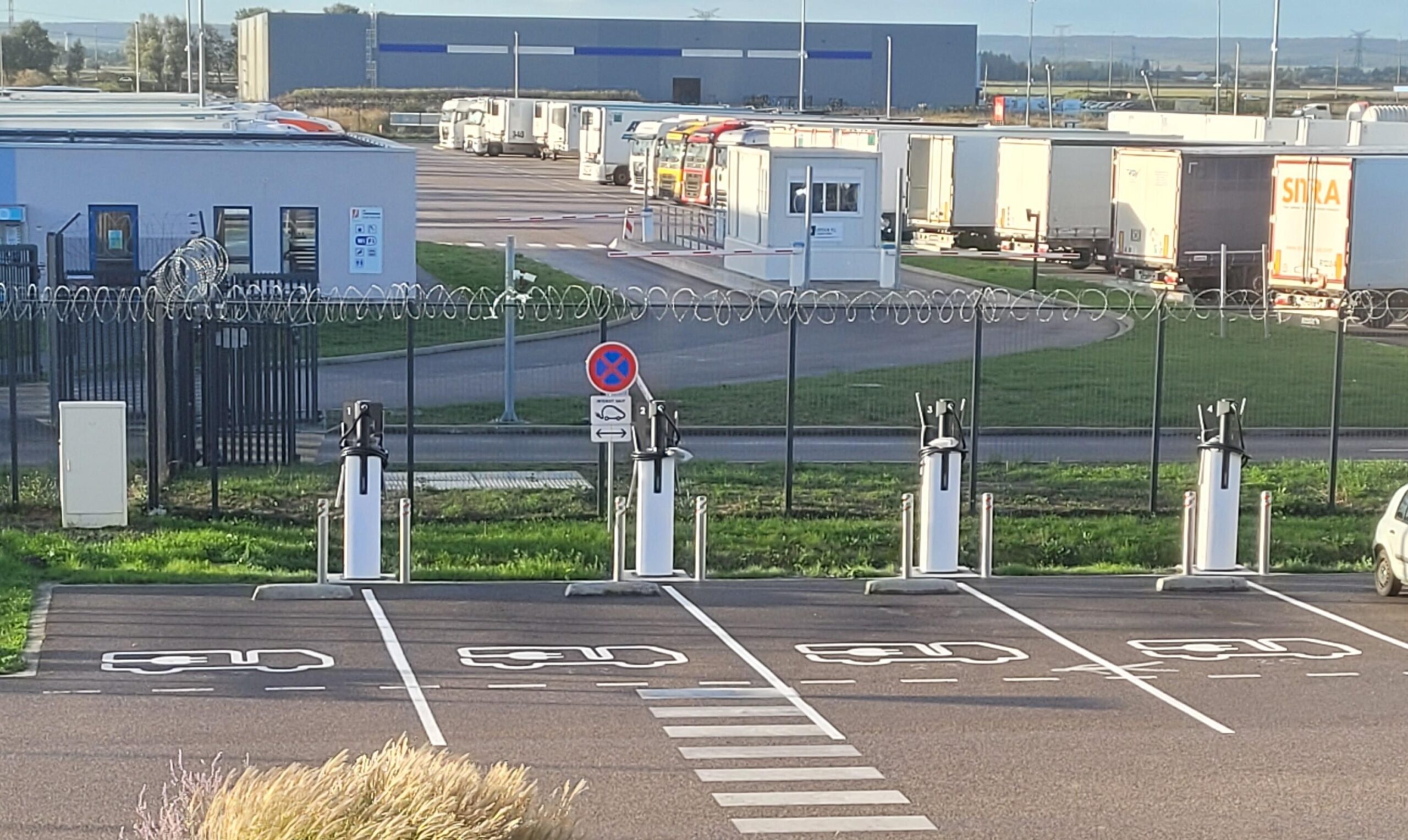Did you know that the construction and public works sector is one of the biggest contributors to CO₂ emissions in the UK? With net zero targets looming and stricter environmental regulations being rolled out across the country, operators in the sector are under growing pressure to decarbonise their activities fast.
Electrifying construction equipment is a key lever to reach these goals. But despite its environmental and operational benefits, the transition to electric machinery is often seen as costly and complex. So, how can UK contractors and local authorities move forward with confidence?
The price barrier: why electric plant still feels out of reach?
Electric construction machinery represents a tangible solution to cut emissions yet the price tag can be daunting.
- Double the upfront cost: On average, electric plant equipment costs twice as much as diesel alternatives, despite offering comparable performance.
- ROI spread over time: With a typical lifespan of 10+ years, electric machines require long-term thinking and financial flexibility.
To ease this burden, charging infrastructure financing solutions such as leasing or third-party investment are gaining traction in the UK. At Chargepoly, we support construction companies with these tailored models, enabling smooth deployment of charging solutions without the weight of heavy initial capital expenditure.
What machinery can be electrified?
Electrification is no longer limited to small vehicles. A growing range of heavy-duty machines are now available in fully electric versions:
- Electric tippers and lorries: Ideal for material transport between sites with zero tailpipe emissions.
- Excavators: Perfect for noise-sensitive or urban environments, thanks to quieter operation and no exhaust fumes.
- Bulldozers and compactors: Now available in electric versions that offer high power while slashing emissions.
Most of these machines are recharged overnight, but for operations running extended shifts, opportunity charging during short breaks can maximise uptime, a 20-30 minute top-up is often enough to keep machines moving.
Beyond these, loaders, graders and other essential PW equipment are increasingly being offered in electric models, allowing site-wide decarbonisation.
Why make the switch now?
Environmental and operational gains
- Lower emissions: Drastic reductions in CO₂ and particulates improve on-site air quality and support clean air objectives.
- Noise reduction: Quieter operations mean fewer complaints and greater flexibility for urban works.
Competitive edge: More tenders are requiring low-emission commitments. Early adopters stand to win strategic contracts and public support.
Compliance with future regulations
Ultra Low Emission Zones (ULEZ) and Clean Air Zones (CAZ) are expanding across the UK, especially in urban centres. Preparing now avoids future penalties and disruption to your operations.
Predictable operating costs
- Simplified maintenance: With fewer moving parts than diesel machines, electric equipment has lower servicing requirements.
- Stable electricity pricing: Unlike diesel, electricity offers more predictable costs, helping with long-term budgeting.
Infrastructure: the backbone of the electric site
Even the best electric machines are only as good as the charging systems that support them. Construction sites demand charging solutions that are:
- Fast: To minimise downtime and keep workflows on track.
- Durable: Engineered to withstand harsh outdoor and industrial conditions.
- Scalable: Ready to grow alongside your electric fleet.
Chargepoly delivers high-performance charging solutions up to 400 kW, with robust hardware designed for rugged environments. From design and installation to ongoing maintenance, we provide end-to-end support tailored to the realities of Public Works.
Long-term support for long-term change
The green transition won’t happen overnight. That’s why a full ecosystem of support is essential:
- Government incentives: Grants and funding for zero-emission construction equipment.
- Infrastructure subsidies: Support to ease the cost of installing charging points.
- Green certificates: Extend eligibility of schemes like the Energy Savings Opportunity Scheme (ESOS) to cover electric PW equipment.
Combined with flexible financing solutions, these levers will enable the industry to make tangible progress toward net zero.
Building the future: sustainable sites for a competitive sector
The road to zero-emission construction sites is challenging, but the benefits are clear. Companies that invest in modern electric machinery, reliable charging infrastructure, and scalable deployment strategies will:
- Shrink their environmental footprint.
- Gain access to greener tenders and clients.
- Future-proof their operations in a rapidly evolving regulatory landscape.
At Chargepoly, we’re proud to partner with UK construction firms and contractors to power this transition. Our tailored charging solutions and long-term expertise are designed to meet the specific demands of Public Works professionals.
Ready to electrify your fleet and cut emissions on your sites? Let’s build the future together!



